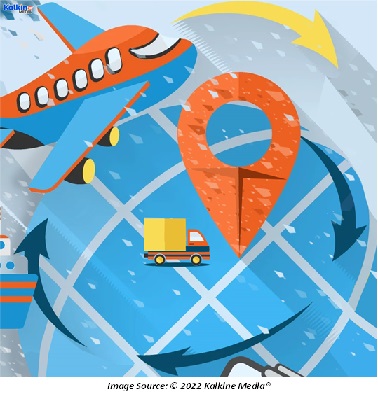 As travel and tourism are set for a rebound in Australia, the confidence in the hospitality industry is once again boosted. Airline and travel companies have finally found a reason to rejoice as their business is booming after a long period of no activity. Meanwhile, a heavy resurgence in travel in the post-COVID world has fundamentally changed the definition of travel.
As travel and tourism are set for a rebound in Australia, the confidence in the hospitality industry is once again boosted. Airline and travel companies have finally found a reason to rejoice as their business is booming after a long period of no activity. Meanwhile, a heavy resurgence in travel in the post-COVID world has fundamentally changed the definition of travel.
With work-from-home provision becoming a common arrangement during the pandemic, many travellers had the flexibility to go on work vacations. Additionally, there is a pent-up demand among travellers after a long period of staying indoors. This pent-up demand has helped revive the tourism and hospitality sectors across most countries, including Australia.
The rebound in travel has been so significant that travel companies have been overwhelmed with the surging response. For Australia, there has also been a significant uptick in international tourists. However, this rise in tourism has not come without its challenges. Managing a heavy inflow of tourists is no easy task, especially when there is a supply-side crisis affecting the whole world.
ALSO READ: What are the challenges ahead for Australia’s energy transformation?
A long way off from pre-pandemic levels
Restrictions in Australia were removed in 2022. However, the impact of these receding restrictions has become more pronounced during the middle of the year, which marks summer for most countries. However, weather conditions in Australia are completely different, with blazing winters and heavy rainfall are causing a drastic drop in temperatures.
Additionally, recent data on tourism suggests that while some rebound is evident, the recent figures are nowhere near those seen in the pre-pandemic era. For Australia, many high-value tourists from Hong Kong formed a large part of the tourists travelling to Australia.
Given this, Tourism Australia has paid extra attention to bringing back tourism from Hong Kong, which stands at a much lower level than in the pre-pandemic stage. Overall, the tourism industry is a major contributor to the Australian economy. Thus, the government has introduced traveller-friendly policies to spur travel into the country. (SOURCE: https://www.scmp.com/business/article/3184636/australia-woos-hong-kong-tourists-help-restore-pandemic-battered-tourism)
GOOD READ: How could a recession impact the housing market?
Rampant staff shortages
The recent rise in tourism has arrived at a time when supply-side issues have been raging in the backdrop. This has increased costs for businesses, which have ultimately been passed to consumers. However, the recent wave of tourism has seen tourists opting to exceed their travel budgets in an environment of increasing prices.
Surprisingly, many travellers have been unaffected by inflationary pressures and have been more flexible with their wallets. At the same time, companies have had a tough time managing the rise in tourists due to a lack of adequate staff.
This has meant that many tourism companies have broadened their hiring process, allowing a larger set of individuals to join their workforce. Thus, with a revival in tourism, there is also a chance for many Australians to get employed. The tourism industry has opened doors for the labour force, helping further dampen unemployment in the country. However, it would take much longer for the pre-pandemic normal to set in. Till then, the industry will remain a booming arena for both tourists and companies engaged in the sector. (SOURCE: https://www.traveller.com.au/tourism-industry-staff-shortage-pacific-islanders-fill-remote-roles-under-palm-scheme-h24iln)




















